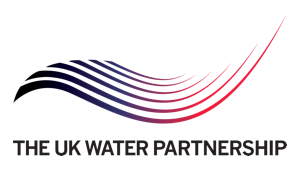Globally, many of the greatest threats to human health are directly related to safe drinking water, or to water borne or water dependent diseases. The availability of safe drinkable water and effective wastewater treatment to more than 99% of the UK population delivers a huge health and hence economic benefit to the nation. These health benefits are one of the unique selling points for UK expertise on international markets. In addition to understanding the impact of the natural environment upon human health, it is often our freshwater ecosystems that provide early warning of dangerous levels of pollution reaching the natural environment. Many of the pharmaceuticals that are prescribed for human ailments pass through the body and enter the natural environment via the wastewater treatment network. The genomic resources of the freshwater environment are also providing an invaluable resource for the development of medicinal and other biotech products. Many of the recent pandemic threats to the UK have had their origin in small mutations of naturally occurring viruses that are dependent upon freshwater organism for their development or onward transmission.
Emergency services require best available information about areas, buildings and individuals at greatest risk from a range of hazards. In addition to the fire, ambulance, police and local government civil defence organisations, a range of other operators are developing their capacities to respond to extreme storms, flooding and snow fall. These include organisations providing services for motorists such as the AA and RAC, to IT firms providing a range of real time monitoring services to property owners, motorists, etc.. UK Government initiatives following the disruption caused by volcanic ash in April 2010, are encouraging the growth of the market for new tools to anticipate and manage civil emergencies related to natural hazards.





















 The Water Security Knowledge Exchange Portal supports the objectives of the
The Water Security Knowledge Exchange Portal supports the objectives of the 